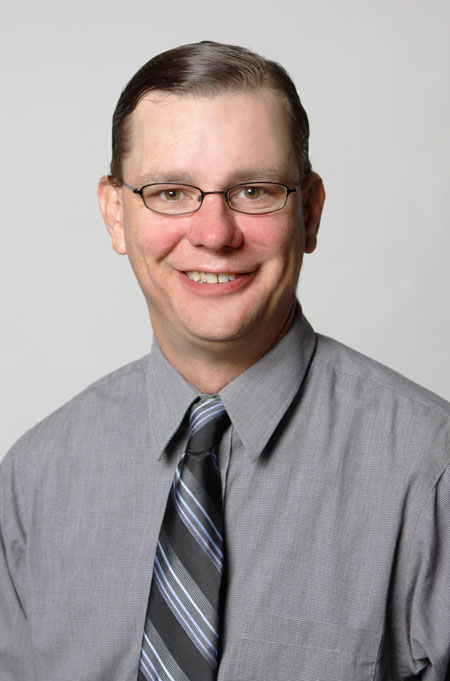 Robert Ferguson, a graduate student in the Department of Mechanical Engineering at The University of Texas at El Paso, has been awarded a Harriett G. Jenkins Graduate Fellowship by NASA’s Aeronautics Scholarships and Advanced STEM Training and Research (AS&ASTAR) program.
Robert Ferguson, a graduate student in the Department of Mechanical Engineering at The University of Texas at El Paso, has been awarded a Harriett G. Jenkins Graduate Fellowship by NASA’s Aeronautics Scholarships and Advanced STEM Training and Research (AS&ASTAR) program.
The grant funds Ferguson’s project “Combustion Joining of Regolith Tiles for the In-Situ Fabrication of Landing/Launching Pads.” The graduate student will be conducting research at UTEP in collaboration with engineers and scientists from Kennedy Space Center.
Associate Professor of Mechanical Engineering Evgeny Shafirovich, Ph.D., will serve as the project’s principal investigator, overseeing management of the grant and research.
“This award demonstrates that students who choose UTEP for their graduate studies are able to successfully compete with students from top universities,” Shafirovich said.
Ferguson and Shafirovich’s project was one of only 14 picked from a highly competitive pool of applicants from around the country. Other institutions selected for the fellowship include Brown University, Massachusetts Institute of Technology, University of Michigan, Pennsylvania State University and Virginia Tech.
The project will address a problem relevant to in-situ resource utilization (ISRU), a living-off-the-land approach that NASA hopes will make further space exploration more feasible. Researchers at Kennedy Space Center have developed a technology for using lunar and Martian dust to make tiles that can be formed into landing and launch pads on those celestial bodies. However, a way to join those tiles reliably has not yet been discovered.
Ferguson and Shafirovich propose to join these tiles using combustion reactions in a mix of powders that will be ignited by a laser beam or concentrated solar power, which then weld the tiles to each other. If the approach works, it will enable space explorers to travel further and faster without the need to accommodate a huge amount of material from Earth in their crafts to build structures like the landing/launch pads.
The NASA fellowship helps to advance STEM education and the nation’s workforce by supporting the growth of future researchers like Ferguson.
“This fellowship will allow me to complete my master’s degree while researching such a fascinating topic,” Ferguson said. “I am very thankful for the opportunity to continue to pursue my lifelong dream of helping mankind explore space.”